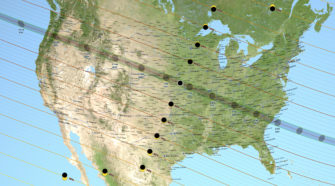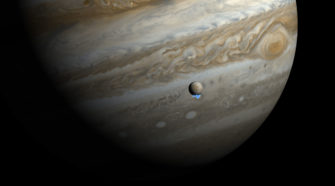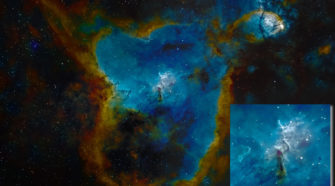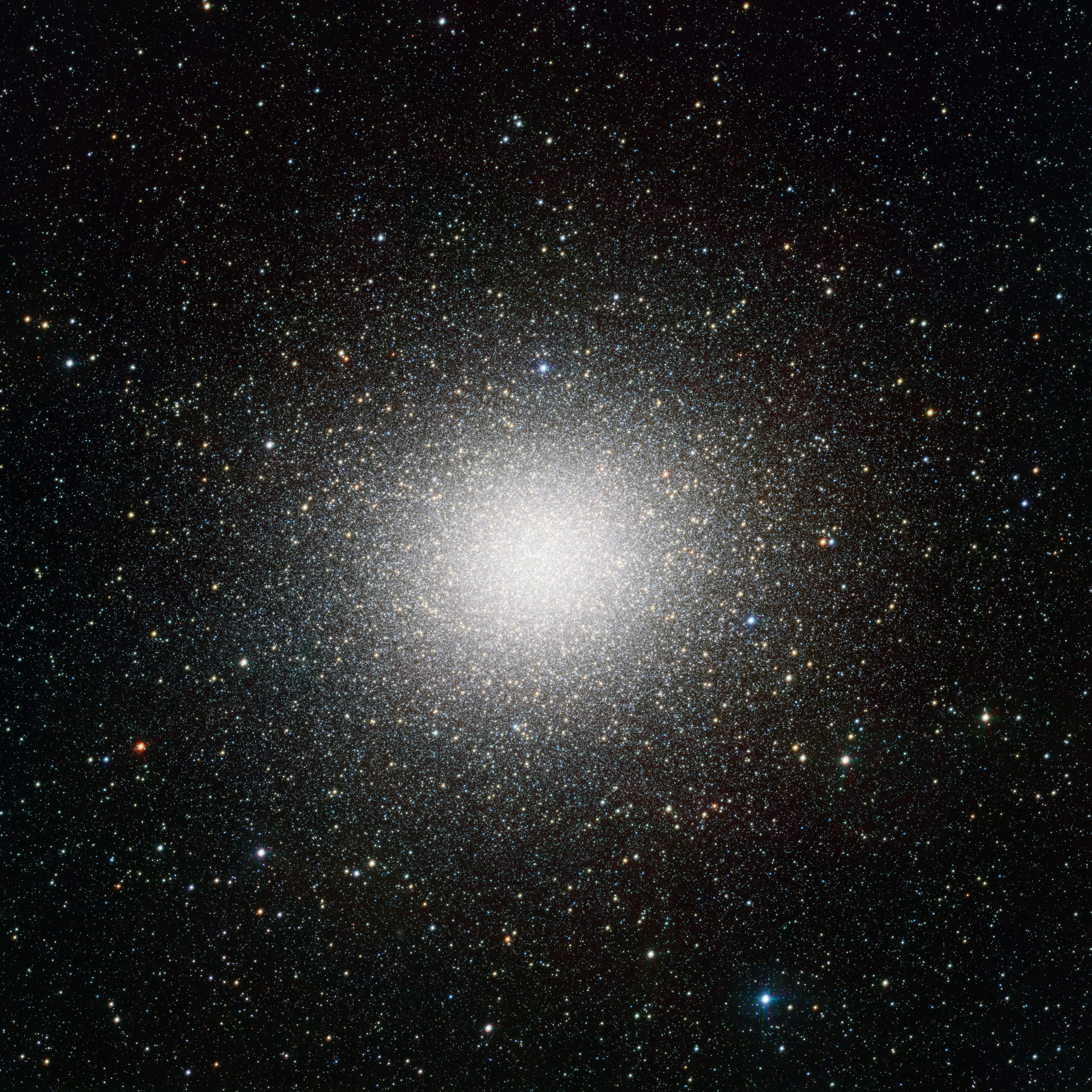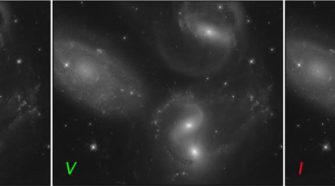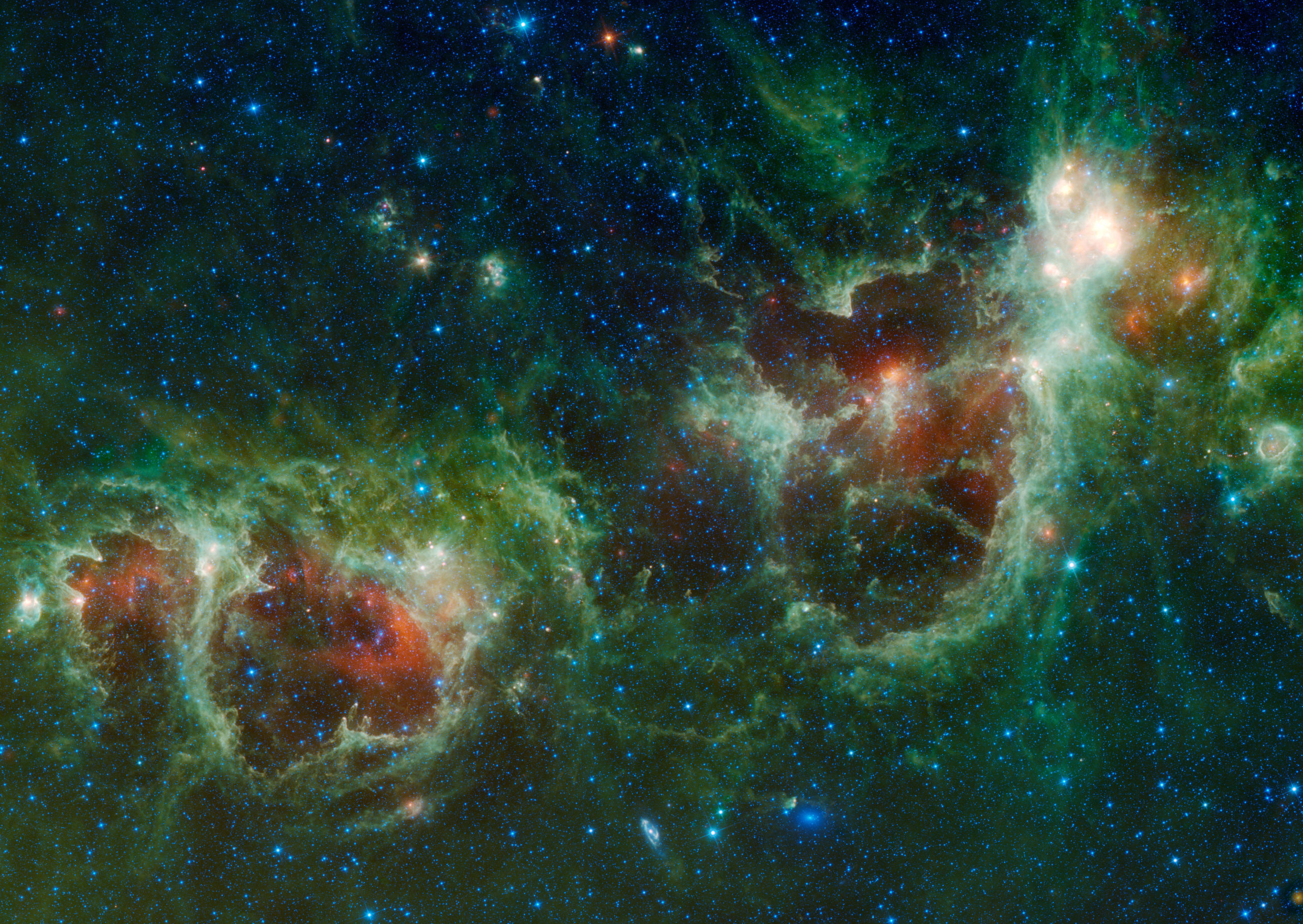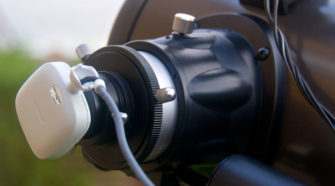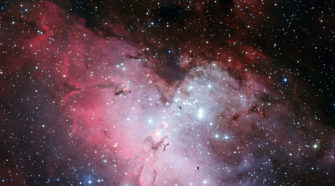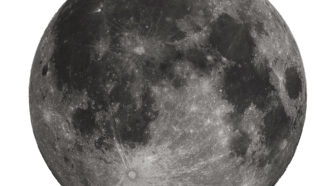The Great American Solar Eclipse of 2017
A Total Solar Eclipse is a once in a lifetime event for most people and often occurs in a very specific area for just a short period of time. For the first time in a very long time the USA will experience a Total Solar Eclipse across the entire country from the West Coast to the …
The Jovian system
The Jovian system encompasses Jupiter, its rings and moons. Jupiter was reputedly discovered by the Babylonians approximately 2,800 years ago. Its moons were discovered by Galileo, in 1610, observed through a refracting telescope. The planet Jupiter Jupiter is the fifth planet in our Solar System counting out from the Sun, with an average orbital distance …
Clusters of jewels shining in the night sky
Stellar Clusters are groups of stars that fall into two broad categories: Open Clusters or Globular Clusters. Both types of cluster are formed from gas clouds and dust coalescing into a multitude of stars, but this is where the commonality ends. Open Clusters Open Clusters can contain up to a thousand stars which are normally …
Omega Centauri
This issue it was a coin toss for the spotlight object between The Great Globular Cluster in Hercules and Omega Centauri. Omega Centauri won as it is the largest by far of the Globular Clusters and it has the potential to be seen by more people in both hemispheres. It is visible in Southern Europe …
How they do it: Processing Hubble images from B&W into stunning full-color
Everyone has seen the dramatic images produced by the Hubble Telescope from the iconic Pillars of Creation to the hundreds of galaxies in one shot, but how are these images created? The Hubble Telescope captures images in monochrome, just like the old black and white photographs with no color, but the images we see are …
Photographing the planets (part 2)
Following on from last issue where we looked at the equipment and capture of video to produce a photograph of the planets this issue looks at the processing of the video into an image. This article really only scratches the surface of image processing as there are so many variables and methodologies that can be …
Cassiopeia: The Queen
Cassiopeia is a prominent constellation in the northern hemisphere which is very easily recognised as a W or M in the night skies. In most of Continental America and all of Europe it is visible year round but becomes most spectacular in the winter months, when it is elevated to a much higher altitude. Along …
How to photograph the planets
For the last couple of issues our object spotlights have been located within our solar system. It is quite easy to see them, Jupiter and the Moon in particular, but quite difficult to image them. The term for imaging the solar system is Planetary Imaging despite the fact that both the planets, the moon and …
M16: The Eagle Nebula
The Eagle Nebula is located in the constellation Serpens and is one of the most iconic star forming regions in our galaxy. The nebula is also known as Messier 16 or M16 in the catalog of celestial nebulas and star clusters compiled by French Astronomer Charles Messier. This is probably one of the most famous …
All about the Earth’s moon
As this issue commemorates 45 years since the first human placed foot on the Moon it seems rather fitting to feature the Moon in this astronomy item. As we all know the Moon is our nearest astronomical body at about a quarter of a million miles or 405,000 Km away. Unlike other planets in our …

